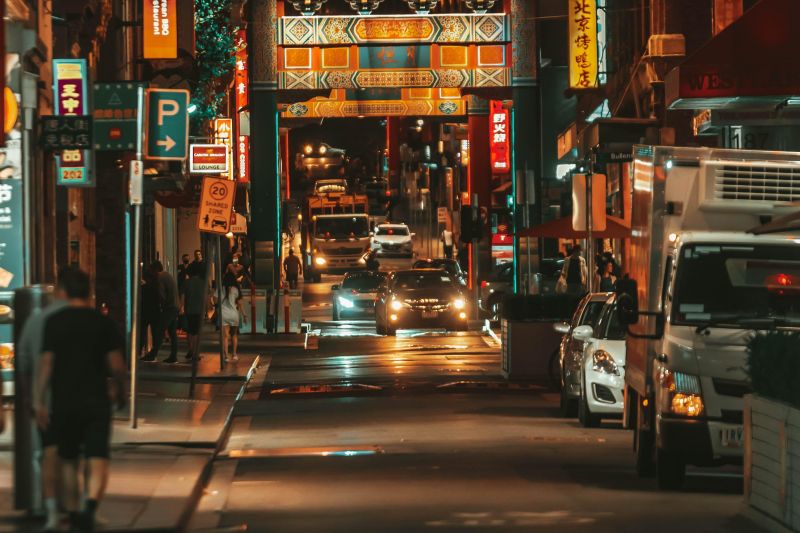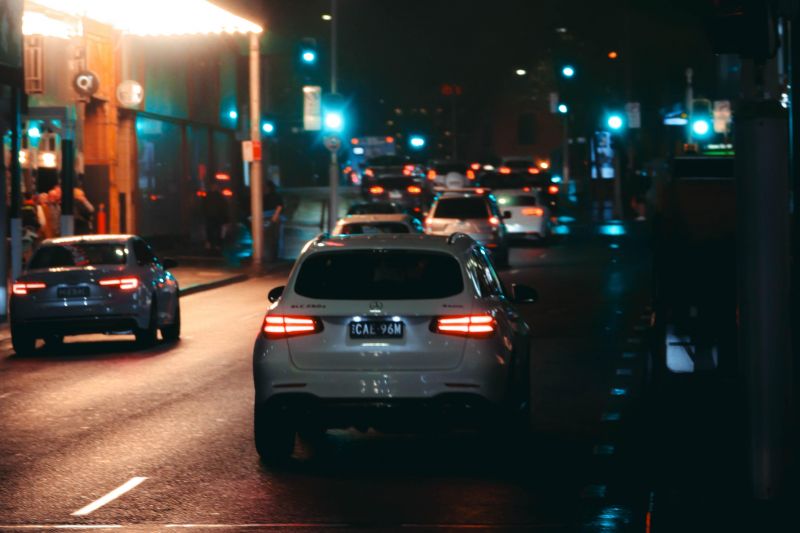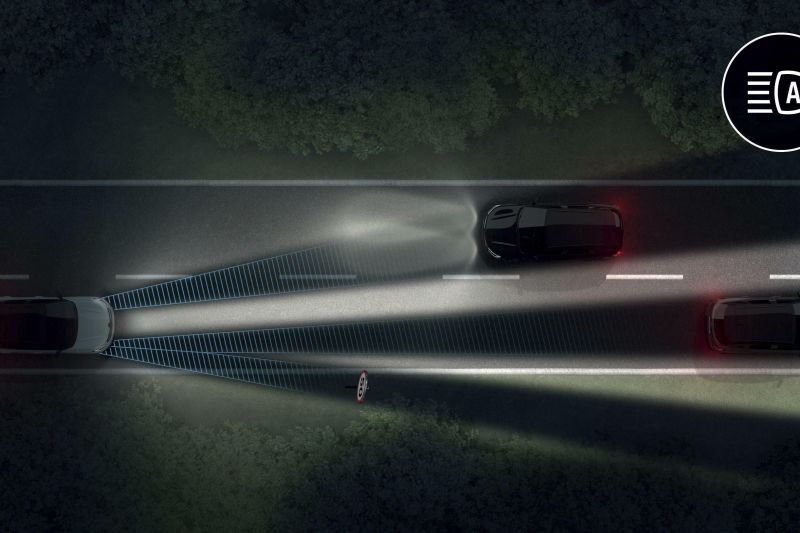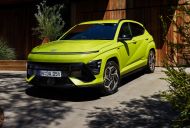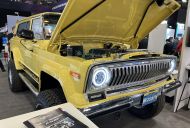Last week I was very nearly sideswiped by a hulking Toyota LandCruiser with a matte black body wrap.
It was about 9pm and I didn’t see it until the very last second – because it was running fully blacked-out in stealth mode.
There were a couple of dull side lights showing on the front corners as it got to my danger zone on a roundabout, but that was it. As it whooshed back into the darkness, there were no tail lights, either.
And it’s not the only one.
Two nights ago there was a Toyota HiLux coming towards me with no headlights showing – at 11pm.
I flashed and flashed with my brights, but all I got in return was a signal from the driver’s social finger.
Once, again, as he drove away the tail lights were as black as the night sky.
Other people are reporting the same thing. And it’s got to stop.
Blackness is danger and it can – and will – get worse without someone blowing the whistle.
You might think that running without lights is a result of old cars with crappy lights or blown globes, but it’s actually the reverse.
It’s the unintended consequence of new technology in cars.
When you combine big-and-bold new dashboard displays with bright daytime running lights (DRLs) and automatic control for the headlights, you get the potential for disaster.
It’s something the engineers at the big car companies probably never considered.
It’s far too simple to be driving at night, confident you’re doing the right thing because the dash display is all lit up, when you have nothing showing outside the cabin but those funky new DRLs.
The trap is the TFT display screens, which track back to the Lexus LS in the late 1990s. The brilliant Japanese instrument display was a game changer and set the standard for today.
At the same time, Toyota was introducing the automatic headlight technology which was gee-whiz for then but is now commonplace, like so much trickle-down stuff that starts in super-luxury limousines and eventually lands in basic utes.
But it’s the DRLs that make the critical difference.
The latest LED systems are white and bright and, when you’re stopped, can give a fair approximation of an ordinary low-beam headlight. When you get a big bank of LEDs, on something like a Hyundai or Kia, the effect is magnified.
So, imagine this: you get into your car, hit the Start button and the displays light up at the same time as you’ve got a wash of white light around the nose.
But… the automatic headlight switch is set to the OFF position. It could be because you believe – wrongly – that it saves wear on the globes, or because you don’t believe in running full lighting in the day, or because you’ve never been taught about the system, or you’re just plain lazy.
So you are bright and light in the cabin, but there is darkness beyond the DRLs.
Driving under street lamps, or near a well-lit shopping centre, it’s easy to miss the extra coverage that comes with the low-team headlights.
In slightly older cars, with bright screens but without DRLs, the danger is magnified.
So, what’s the solution?
It is so, so simple. Turn the headlight switch to AUTO – and leave it there. Do it once, leave it alone, and let the technology work for you.
Automatic headlights will turn on when a sensor detects the low light levels that come at dusk. You will see a similar thing in a tunnel or sometimes driving through deep shade alongside trees or buildings.
So the lights are right and bright and you are doing the right thing, for yourself and other drivers.
The best of the new systems also switch automatically between low and high beams, with LED ‘matrix’ systems even ’shaping’ the headlight beams to provide maximum coverage for the driver without dazzling oncoming vehicles or even creating unwanted reflections in the rear-view mirrors of vehicles travelling in the same direction.
It’s impressive stuff, and great technology, but the driver still has to make the right decision from the start.
Turn your lights on.

